The Innu are the indigenous people of most of the Labrador-Quebec peninsula, in eastern Canada. They were formerly referred to as the Montagnais-Naskapi Indians, and are unrelated to the Inuit (or ‘Eskimo’) who live further north.
How do they live?
Their homeland, where they have lived for millennia, is a vast area of sub-arctic spruce and fir forest, lakes, rivers and rocky ‘barrens’. They call this land Nitassinan.
Up until the second half of the 20th century, the Innu lived as nomadic hunters. For most of the year, the waterways of Nitassinan are frozen, and they would travel in small groups of two or three families on snowshoes, pulling toboggans. When the ice melted, they would travel by canoe to the coast or a large inland lake to fish, trade, and meet friends and relatives.
They hunt animals including bear, beaver and porcupine, and also fish and gather berries – but most of all they rely on the herds of caribou which migrate through their land every spring and autumn.
Until recently, the Innu got all that they needed – food, clothing, shelter, tools and weapons – from the caribou, which have a huge cultural significance.
Today the Innu have been settled into villages. Although many return to nutshimit, or the country, to hunt, fish and gather, especially during spring and fall, most either have paid jobs as well, or depend on social security.
What problems do they face?
During the 1950s and 1960s, the nomadic Innu were pressured into settling in fixed communities by the Canadian government and Catholic church. The transition was difficult and traumatic. Life in the communities is marked by extremely high levels of alcoholism, petrol-sniffing amongst children, violence, and record levels of suicides.
The desire of many Innu to spend time in nutshimit is becoming increasingly difficult, as the government hands out their land in mining concessions, floods the heart of their territory for hydro power schemes, and builds roads.
The UN Human Rights Committee has described the situation of tribal peoples as ‘the most pressing issue facing Canadians’, and condemned Canada for ‘extinguishing’ aboriginal peoples’ rights.
How can I help?
- Click here to donate to Survival.
- Click here to write to your MP or MEP (UK).
- Click here to write to the President, your senators, congressmen or other elected officials (US).
- Write to your local Canadian high commission or embassy, click here to find out the address.
How does Survival help?
Survival is calling on the Canadian government to rethink its approach to
negotiations with the Innu and other similar groups – currently they will only
recognise Innu land rights if the Innu agree to surrender most of their land.
Canada must recognise the Innu’s right to own their land, and live on it as they choose.
Join the mailing list
There are more than 476 million Indigenous people living in more than 90 countries around the world. To Indigenous peoples, land is life. Find out more about them and the struggles they’re facing: sign up to our mailing list for occasional updates.
News from the Innu

Tribal children driven to suicide and solvent abuse: new gallery for UN Children's Day
On UN Children's Day Survival's new gallery highlights appallingly high levels of suicide and social breakdown amongst tribal children.
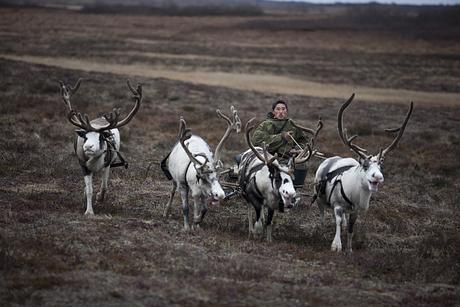
In pictures: The reindeer people under threat this Christmas
To the world's Indigenous peoples of the Arctic, reindeer are not just for Christmas
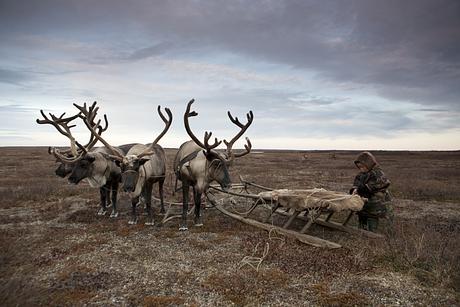
Christmas crisis for Canada’s iconic reindeer herd
Indigenous people are concerned about the 63% population drop of the George River Herd
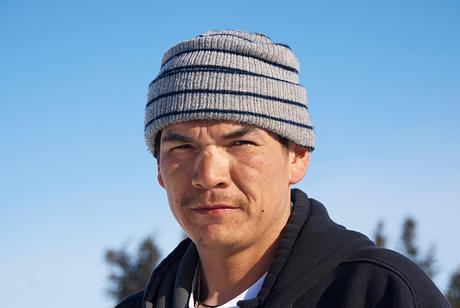
Innu man completes historic 4,000 km walk
Michel Andrew walked to raise awareness of an escalating diabetes crisis and to reconnect young Innu with their land
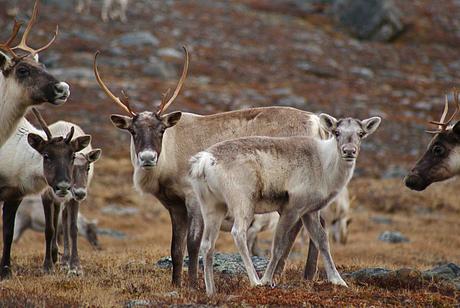
Christmas reindeer mystery as world’s largest herd plummets
Local Indigenous people blame the spread of massive industrial projects in eastern Canada for diminishing numbers.
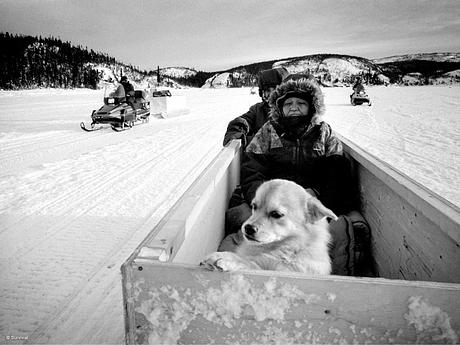
The world's original scientists' observations of climate change
Tribal peoples from the Arctic to the Amazon share an intimate knowledge of their ecosystems

